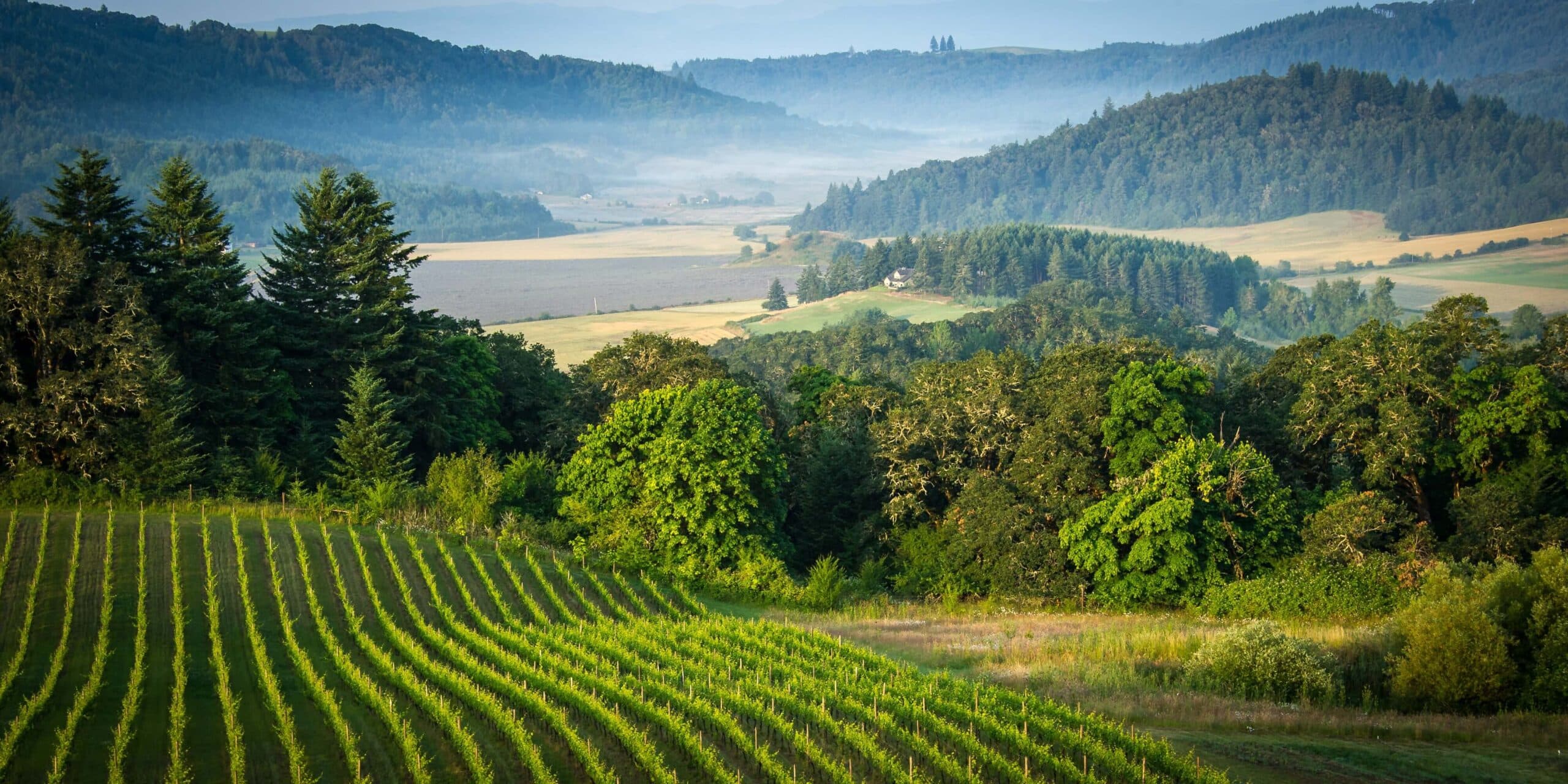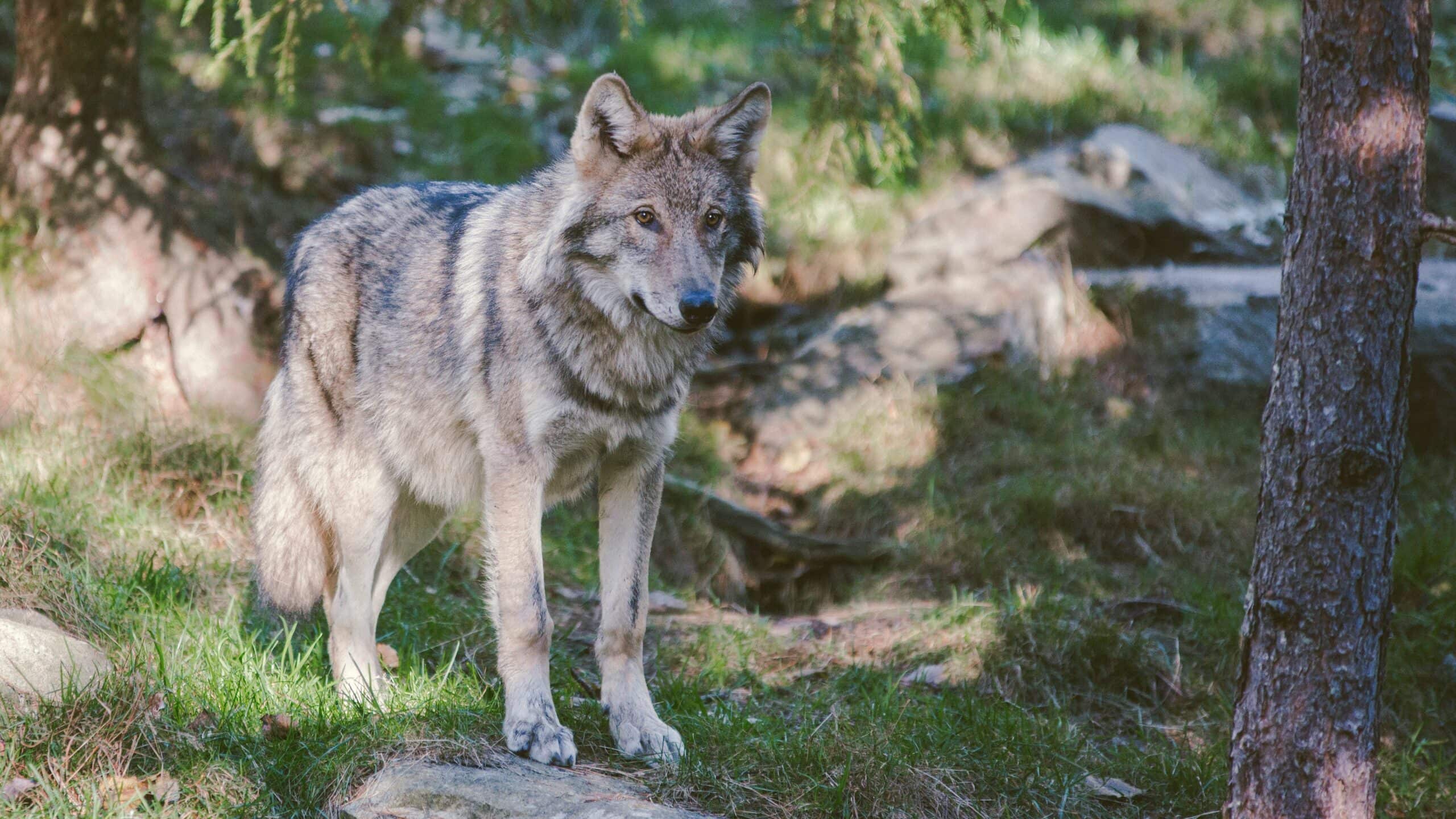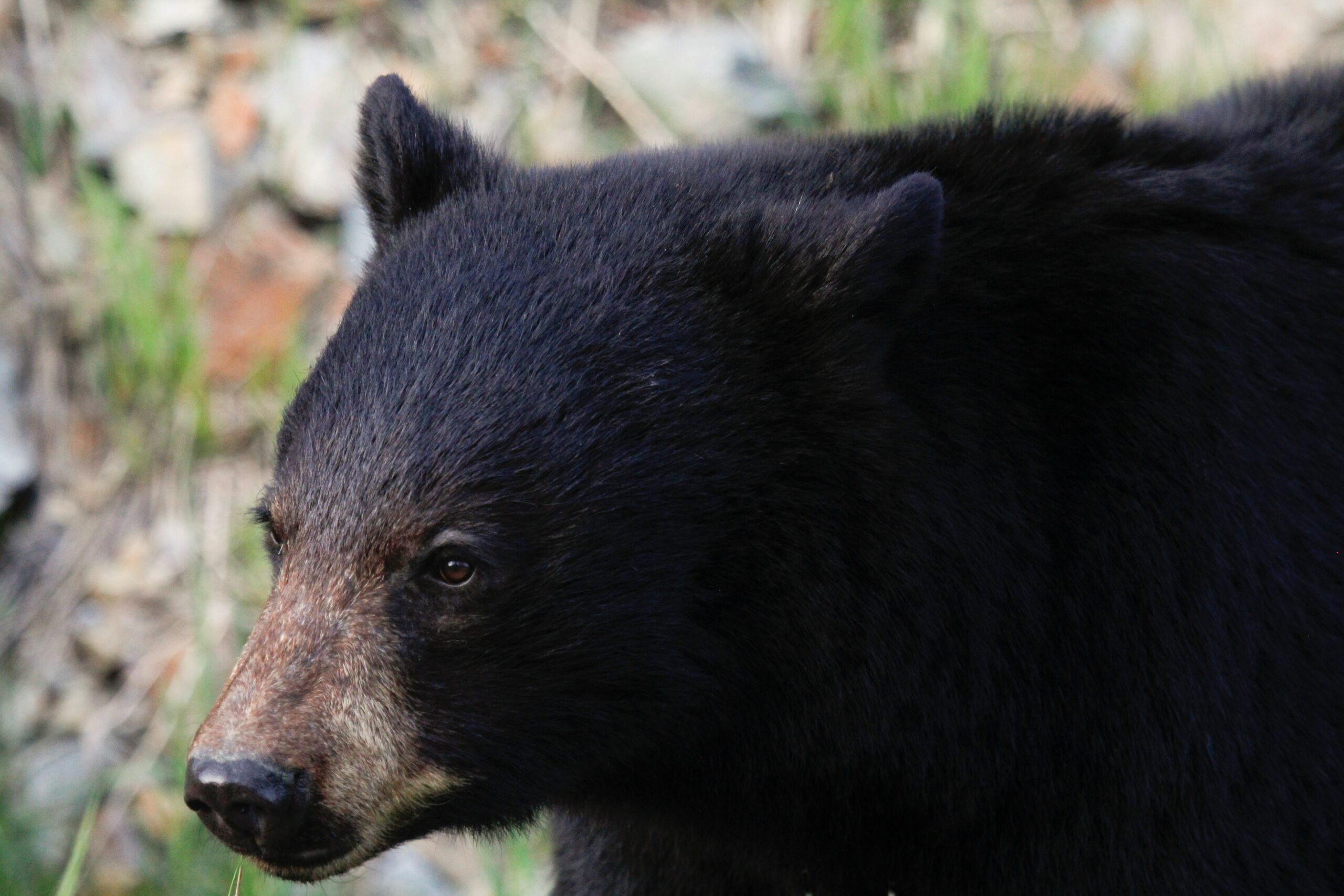The Journey of Wolves Back to Oregon
Gray wolves once roamed freely across Oregon's diverse landscapes, from the dense forests of the Cascades to the open grasslands of the east. These apex predators played a vital role in maintaining healthy ecosystems throughout the state. However, by 1947, the last known wolf in Oregon was killed, marking what many thought would be the permanent end of wolves in the state.
Nature had other plans. After decades of absence, wolves began their quiet return to Oregon in the late 1990s, crossing over from Idaho, where wolf reintroduction efforts had been successful. The first confirmed wolf in modern Oregon history, a female wolf designated B-45, traveled from Idaho in 1999. Though this lone wolf was later killed, she represented the beginning of a remarkable comeback story.
The true turning point came in 2008 when the first breeding pair established territory in northeastern Oregon, and by 2009, the first confirmed pack was documented. This natural migration and reestablishment happened without any direct reintroduction efforts in Oregon itself.
Oregon's Wolf Population Today
According to the latest data from the Oregon Department of Fish and Wildlife (ODFW), the minimum count of wolves in Oregon at the end of 2024 was 204. This number represents wolves that biologists have directly confirmed through visual observations, tracks, and remote camera photographs. The actual population is likely higher since not all wolves can be documented during counts.
The state currently has 25 wolf packs, with 17 of these qualifying as breeding pairs. A breeding pair is defined as an adult male and female with at least two pups that survive through the end of the year. Most of these packs are concentrated in northeastern Oregon, though wolves continue to expand their range westward.
Wolf numbers in Oregon have stabilized in recent years after a period of steady growth. In northeastern Oregon, this stabilization reflects wolves filling the available habitat. As territorial animals, wolves naturally limit their own population density once they have occupied suitable areas.
Wolf Distribution Across Oregon
Oregon's wolf population is divided into two management zones:
Eastern Oregon
Eastern Oregon currently hosts the majority of the state's wolves, with 155 documented wolves in 18 packs in 2024. The rugged terrain, abundant prey, and relatively lower human density make this region an ideal wolf habitat. Established packs in this area include the Wildcat Pack, Lookout Mountain Pack, and Five Points Pack.
Western Oregon
Western Oregon is seeing a growing wolf presence with 49 wolves in 7 packs documented in 2024. The number of breeding pairs has more than doubled since 2023, showing that wolves are successfully expanding into new territories. Notable western packs include the Rogue Pack in southern Oregon and the Indigo Pack in the central Cascades.
The Ecological Role of Wolves
Wolves serve as a keystone species in Oregon's ecosystems, meaning their presence or absence has significant ripple effects throughout the environment. When wolves hunt, they typically target the most vulnerable animals (the sick, weak, old, or very young) which helps maintain healthier deer and elk herds.
The presence of wolves changes prey behavior, causing deer and elk to move more frequently and avoid certain areas. This movement prevents overgrazing and allows vegetation to recover in riparian areas, which improves habitat for beaver, fish, and numerous bird species.
Scientists have documented how wolf reestablishment creates what's called a "trophic cascade," a series of ecological changes starting at the top of the food chain and flowing down through the ecosystem. In Oregon, this means more balanced predator-prey relationships and potentially more diverse plant communities.
Human-Wolf Interactions in Oregon
While wolves bring ecological benefits, their return has created challenges, particularly for livestock producers. According to ODFW data, 2024 saw several confirmed wolf depredations on livestock across multiple counties, including Baker, Grant, and Wallowa.
Oregon has developed approaches to address these conflicts:
Non-lethal deterrents are the first line of defense, including increased human presence, fladry (flags hanging on fences), range riders, guard animals, and proper carcass disposal to avoid attracting wolves.
Compensation programs provide financial reimbursement to ranchers who lose livestock to confirmed wolf predation. The Oregon Department of Agriculture awarded grants totaling $789,565 to 13 counties in 2024, with 61% of those funds used for preventative measures.
Lethal control is authorized only in specific situations where chronic depredation occurs despite non-lethal efforts. This approach is more restrictive in western Oregon where wolves remain federally protected under the Endangered Species Act.
Oregon's Wolf Management Plan
Oregon manages its wolf population through the Wolf Conservation and Management Plan, which aims to balance wolf conservation with the concerns of communities and industries affected by wolves.
The plan divides the state into two management zones, with different rules based on wolf population status. Eastern Oregon has moved into Phase III of the plan, which focuses on conservation efforts and allows more flexibility for managing wolf conflicts.
Western Oregon remains in Phase I, requiring at least four breeding pairs for three consecutive years to advance to Phase II. In 2024, seven wolf packs in the western zone qualified as breeding pairs. If this number is maintained or exceeded through both 2025 and 2026, the region will meet the conservation target for Phase I and the management goal for Phase II. This would allow the West Wolf Management Zone to advance directly to Phase III, bypassing Phase II entirely.
Living and Recreating in Wolf Country
For landowners and outdoor enthusiasts in Oregon, understanding wolf behavior is important. Contrary to popular misconception, wolves rarely pose a danger to humans. There have been no documented wolf attacks on people in Oregon since wolves returned to the state.
If you are looking to purchase Oregon hunting land for sale in wolf territory, here are some practical considerations:
For livestock owners: Using guard dogs, maintaining regular human presence, properly disposing of dead livestock, and installing fladry or other deterrents can significantly reduce conflicts.
For hunters: Wolves target similar game animals as human hunters, but their overall impact on deer and elk populations tends to be balanced by improved herd health. Wolves may change prey distribution patterns, potentially affecting traditional hunting spots.
For hikers and campers: Wolf encounters are extremely rare. If you do see a wolf, maintain distance, never approach or feed them, keep dogs leashed, and slowly back away while facing the animal.
Wolf Conservation Challenges
Despite progress, Oregon's wolves face ongoing challenges. Poaching remains a serious concern, with several suspicious wolf deaths reported in recent years. ODFW and the U.S. Fish and Wildlife Service have offered rewards for information regarding illegal killings, highlighting the importance of law enforcement in wolf conservation.
Habitat fragmentation and human development continue to limit wolf expansion in some areas. Highways, urban growth, and conversion of natural habitats create barriers to wolf movement and establish territories.
Public opinion about wolves varies widely across the state, with some communities embracing their return while others remain concerned about impacts on livelihoods and traditional land uses.
Looking Forward: The Future of Wolves in Oregon
As wolves continue to reestablish across Oregon, their management will evolve. Educational efforts by conservation organizations and state agencies help promote understanding and coexistence strategies.
For those interested in hunting land in Oregon, the presence of wolves can actually enhance property value for conservation-minded buyers. Land that supports healthy ecosystems, including predator-prey relationships, offers unique recreational and ecological benefits.
The story of wolves in Oregon represents both challenges and opportunities. With thoughtful management and community engagement, wolves can continue to thrive while coexisting with human communities across the state's diverse landscapes.
Whether you are a landowner, outdoor enthusiast, or simply someone who appreciates Oregon's natural heritage, the return of the gray wolf marks an important chapter in the ongoing story of wildlife conservation in the Pacific Northwest.
REFERENCES:
https://www.dfw.state.or.us/Wolves/FAQ.html
https://oregonwild.org/resource/gray-wolf/





